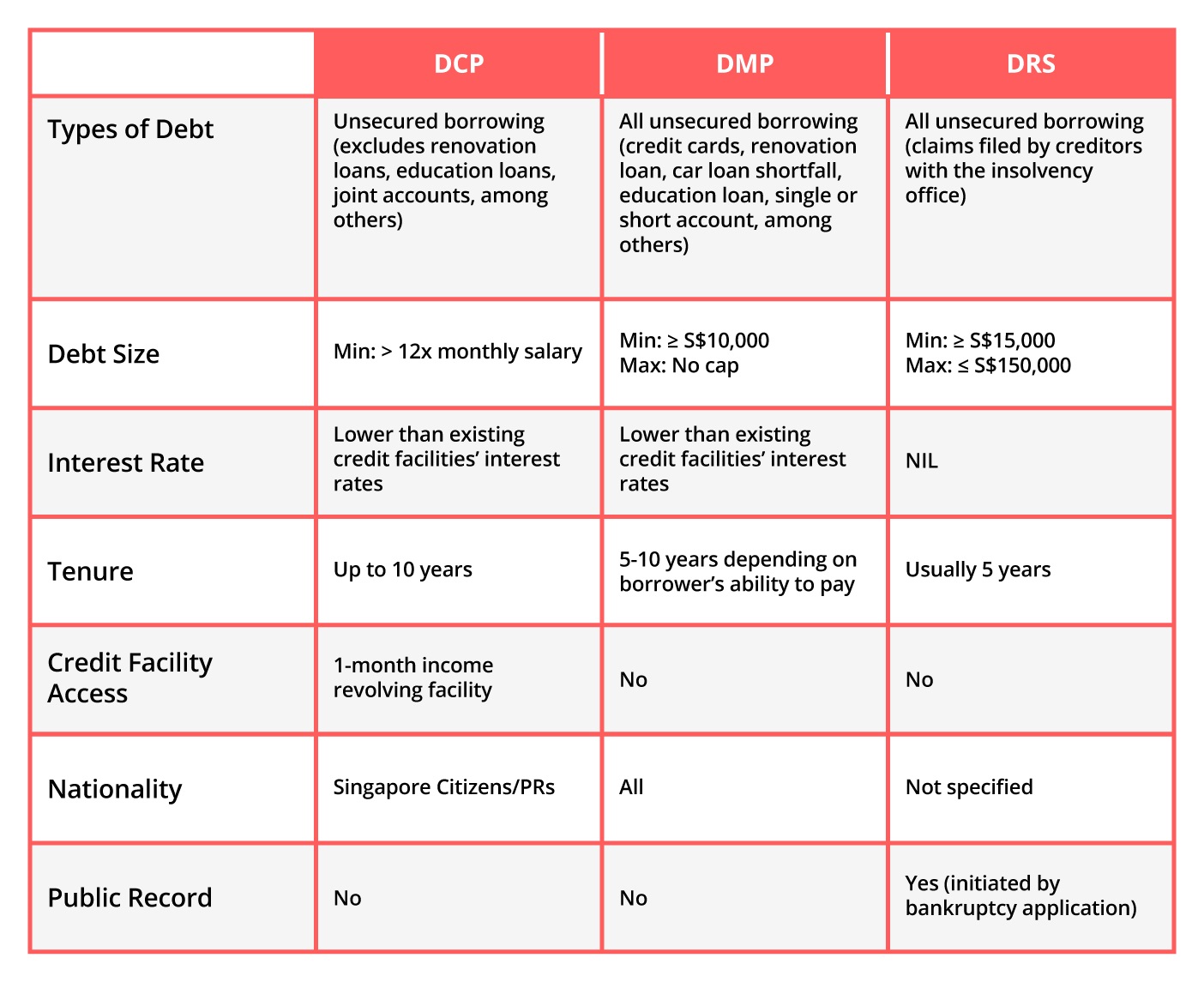Whatever You Need to Find Out About Developing a Tailored Financial Obligation Management Plan
In the realm of individual financing, designing a customized financial debt administration strategy is often the cornerstone of achieving monetary stability and comfort. By carefully assessing your existing economic obligations, establishing possible monetary objectives, and crafting a practical budget, you lead the way for reliable financial obligation repayment techniques. Nonetheless, the journey to financial liberty is not solely regarding preliminary planning; it likewise requires recurring monitoring and adjustments to ensure ongoing development. As you navigate the complexities of creating a tailored debt monitoring strategy, understanding the complexities of each step is vital to your financial success.
Evaluating Your Present Debt Circumstance
One need to initially conduct a detailed assessment of their existing financial debt obligations before developing a reliable financial debt monitoring plan. Create a comprehensive checklist of each financial obligation, consisting of the overall amount owed, passion rates, minimal month-to-month settlements, and due days.
After assembling this information, calculate your total debt-to-income proportion by splitting your regular monthly financial obligation repayments by your monthly revenue. Recognizing these facets of your financial scenario will guide you in developing a personalized financial obligation monitoring plan customized to your specific demands and goals.
Setup Financial Goals and Targets

When setting monetary goals, it is very important to be details, measurable, achievable, appropriate, and time-bound (SMART) As an example, you could set an objective to repay a certain quantity of debt within a certain period, such as lowering your charge card equilibrium by $5,000 in the following one year - More Discussion Posted Here. By establishing clear targets like this, you can track your progression and stay motivated to attain your financial obligation management goals
In addition, take into consideration prioritizing your debts based on factors such as passion rates, superior equilibriums, and settlement terms. By focusing on high-interest financial debts first, you can save cash over time and accelerate your trip towards monetary freedom. Keep in mind, each individual's monetary situation is unique, so tailor your objectives and targets to fit your private needs and circumstances.
Developing a Realistic Budget
Crafting a well-defined budget is an essential step in effective debt management and financial planning. A practical spending plan functions as a roadmap for your monetary health, assisting you track your income, expenses, and debt payments. To create a useful budget plan, begin by noting all your income sources. This includes your salary, side hustle incomes, or any type of various other monetary inflows. Next off, directory all your repaired expenses such as rent or mortgage, utilities, insurance policy, and lending payments. Variable expenditures like groceries, entertainment, and transport must likewise be consisted of. Set apart in between demands and desires to focus on important expenses and determine locations where you can reduce.
Consistently testimonial and adjust your spending plan as required to remain on track with your financial objectives and debt repayment plan. By adhering to a realistic budget, you can properly handle your debt and work in the direction of a much more safe economic future.
Discovering Debt Repayment Methods
After establishing a sensible spending plan, the next important action in efficient financial debt administration is to discover various financial obligation payment approaches. One typical method is the snowball technique, where you concentrate on repaying the smallest financial obligations first while making minimal repayments on bigger financial obligations. This method can aid build energy as you see smaller sized debts being cleared, supplying motivation to deal with bigger ones.
One more strategy is the avalanche approach, which includes focusing on financial obligations with the highest interest prices. By targeting high-interest financial debts first, you can minimize the total quantity you pay in you could try this out rate of interest gradually. This approach might be much more cost-effective over time, despite the fact that it could take longer to see private financial obligations fully paid off.
Financial obligation debt consolidation is an additional alternative where you combine several financial obligations right into a single car loan with a lower rates of interest. This can simplify your settlement procedure and possibly decrease the total passion paid. Nevertheless, it's important to very carefully take into consideration the charges and terms connected with debt consolidation to ensure it's the ideal choice for your financial scenario.
Monitoring and Changing Your Plan

Readjusting your strategy might entail reallocating funds to take on high-interest debts first, working out with creditors for reduced rate of interest or better payment terms, or checking out additional income sources to accelerate financial obligation settlement. As your economic circumstance advances, your financial debt monitoring strategy must adjust as necessary to remain effective. By staying proactive and adaptable in tracking and readjusting your plan, you can maximize your efforts towards settling your debts successfully and achieving your monetary goals.
Final Thought
To conclude, developing a personalized debt administration strategy includes examining find this current financial obligation, establishing monetary goals, developing a reasonable spending plan, exploring settlement techniques, and monitoring and changing the strategy as required. By following these actions, individuals can take control of their financial situation and work in the direction of becoming debt-free. It is necessary to stay self-displined and dedicated to the strategy in order to accomplish lasting monetary security.
One have to initially conduct a detailed evaluation of their present debt commitments prior to developing an effective financial debt management plan.After developing a reasonable budget, the next important step in efficient financial debt administration is to discover numerous financial debt payment approaches - More Discussion Posted Here.To successfully manage your financial obligation, constant tracking and modification of your financial obligation monitoring plan are essential parts for long-lasting financial stability.Adjusting your strategy might include reapportioning funds to deal with high-interest financial debts first, working out with creditors for reduced rate of interest rates or much better settlement terms, or checking out additional income sources to speed up financial obligation payment.In verdict, creating a personalized financial look what i found obligation management plan includes examining present debt, setting monetary goals, producing a sensible budget, discovering payment approaches, and surveillance and adjusting the plan as required
 Haley Joel Osment Then & Now!
Haley Joel Osment Then & Now! Angus T. Jones Then & Now!
Angus T. Jones Then & Now! Anna Chlumsky Then & Now!
Anna Chlumsky Then & Now! Michael Jordan Then & Now!
Michael Jordan Then & Now! Julia Stiles Then & Now!
Julia Stiles Then & Now!